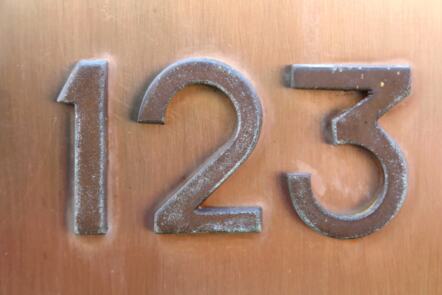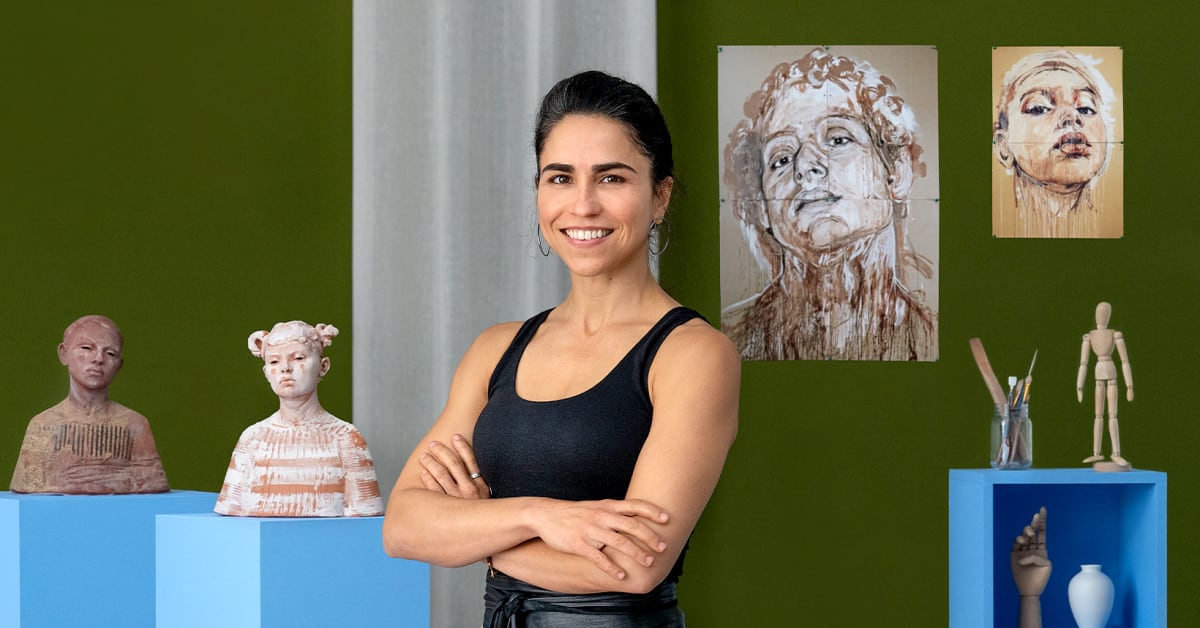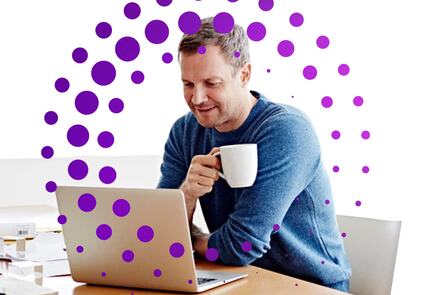Description
In this course, you will learn:
- "Real life" depicts the clinical reasoning process from the perspective of a clinician from the fields of medicine, dentistry, veterinary medicine, pharmacy, and nursing.
- "The simplified formal model" provides a symbolic depiction of the process with step-by-step instructions and clinical examples.
- The "formal model," which is the result of an investigation of six clinicians' thinking, is the training's cornerstone. The model, which was published in 2012, is presented as an interactive graphical depiction. Module 3 delves into the formal model in greater depth.It is followed by a case study that demonstrates each step in the process, allowing the participant to participate in the clinical reasoning experience as a whole.
- Three intrinsic competences are mentioned here as examples of how talents and talents contribute to the clinical reasoning process: collaboration, communication, and scholarship. The first section contains clinical scenarios in which the physician must use intrinsic competences to aid their decision-making. A round table discussion in the second session brings together clinical professionals from five fields. The issues generated by these competencies in their various practises are revealed in their conversations.
- Clinical reasoning's distinct "concepts" are explained by experts in the subject. The talks take the shape of casual conversations between two of these professionals.
- "Pitfalls" is a game that emphasises the difficulties that novices have while using clinical reasoning. Learners and supervisors are given teaching suggestions to help them navigate more challenging areas.
- The "Experts' Toolbox" includes a wealth of materials and references, as well as the most recent clinical reasoning news.









